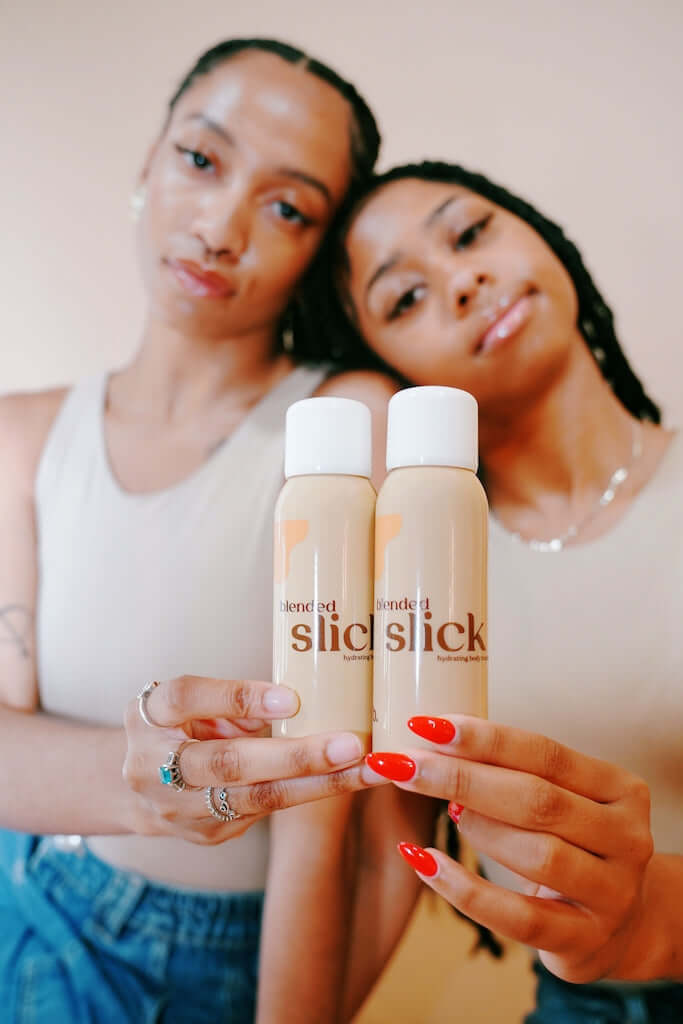objective
to examine regional microbiome variations across the human bodi and understand how bodi care formulations can support diverse microbial communities.
background
the human skin microbiome represents a complex ecosystem containing trillions of microorganisms. this ecosystem varies dramatically across bodi regions, creating distinct microbial environments that require different care approaches.
methodology & findings
microbiome mapping studies reveal striking regional differences in bacterial community composition. moist areas including armpits, elbow creases, and knee creases host entirely different bacterial communities compared to drier areas like shins and forearms.
sebaceous areas dominated by malassezia species differ dramatically from dry areas where staphylococcus and corynebacterium species predominate. these variations create distinct microbiome signatures for different body regions.
environmental factors including moisture levels, ph variations, and sebum production create unique niches that support specific bacterial communities. disrupting these ecosystems can lead to skin problems and compromised barrier function.
regional microbiome characteristics
moist fold areas maintain higher bacterial diversity with species adapted to humid conditions. these areas require formulations that support bacterial balance without disrupting established communities.
dry areas like shins show lower bacterial diversity but higher stability. these regions benefit from formulations that support the existing limited community while providing barrier protection.
sebaceous areas display unique fungal-bacterial interactions that require careful formulation consideration. products must support beneficial microbes while preventing overgrowth of problematic species.
formulation considerations
speckle spot body butter and slick hydrating body treatment are formulated to respect these distinct microbial ecosystems. both products avoid harsh preservatives that could disrupt beneficial bacterial communities.
the formulations include prebiotic ingredients that support beneficial bacteria while maintaining product stability. this approach nourishes the skin's natural microbial ecosystem rather than disrupting it.
ph-balanced formulations ensure compatibility with regional skin ph variations that support different bacterial communities. this pH consideration helps maintain microbial balance across diverse body regions.
application strategies
different bodi regions require tailored application approaches based on their microbial communities. moist areas benefit from lighter, more breathable formulations that don't trap moisture excessively.
dry areas can accommodate richer formulations that provide barrier support while nourishing the limited bacterial community present in these regions.
avoid over-cleansing areas with established beneficial microbiomes. gentle cleansing preserves microbial balance while removing unwanted debris and pollutants.
maintaining microbiome health
consistency in product use helps maintain stable microbial communities. frequent formulation changes can disrupt established bacterial ecosystems.
seasonal adjustments should be gradual to allow microbial communities time to adapt to changing environmental conditions.
monitor skin response to new products, as microbiome disruption often manifests as irritation, unusual odors, or changes in skin texture.
conclusion
understanding body microbiome variations reveals why one-size-fits-all skincare approaches often fail. the dramatically different bacterial communities across body regions require formulations that respect and support these distinct microbial ecosystems. effective bodi care must acknowledge microbiome diversity, using products formulated to nourish beneficial bacteria while maintaining the delicate balance that supports healthy skin function across all bodi regions.


